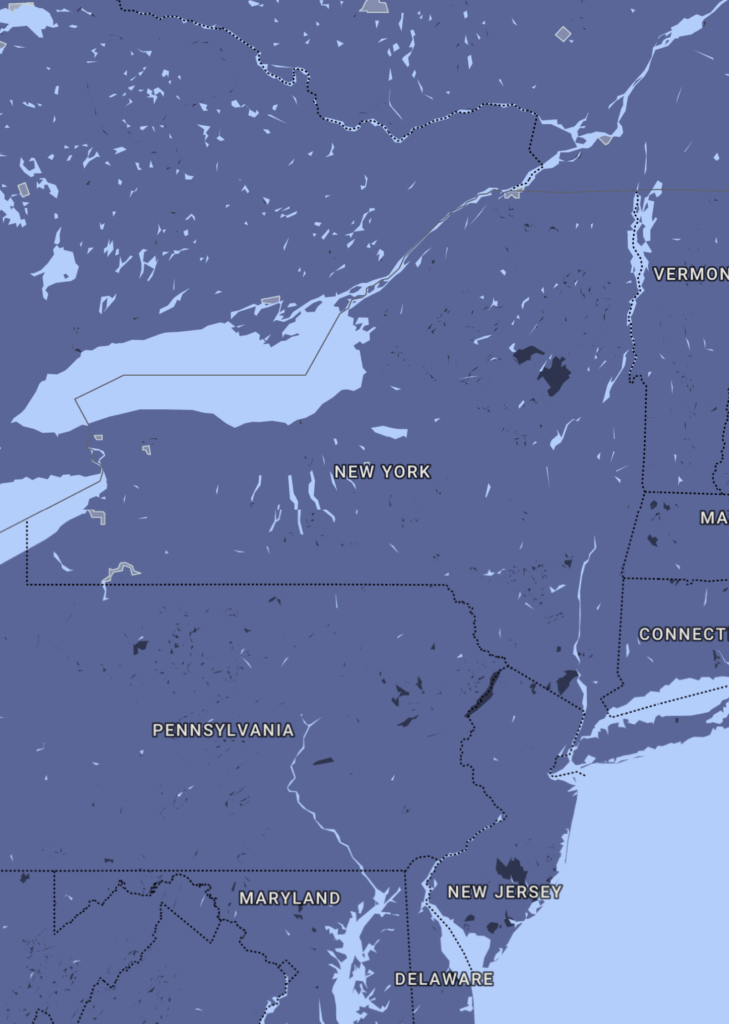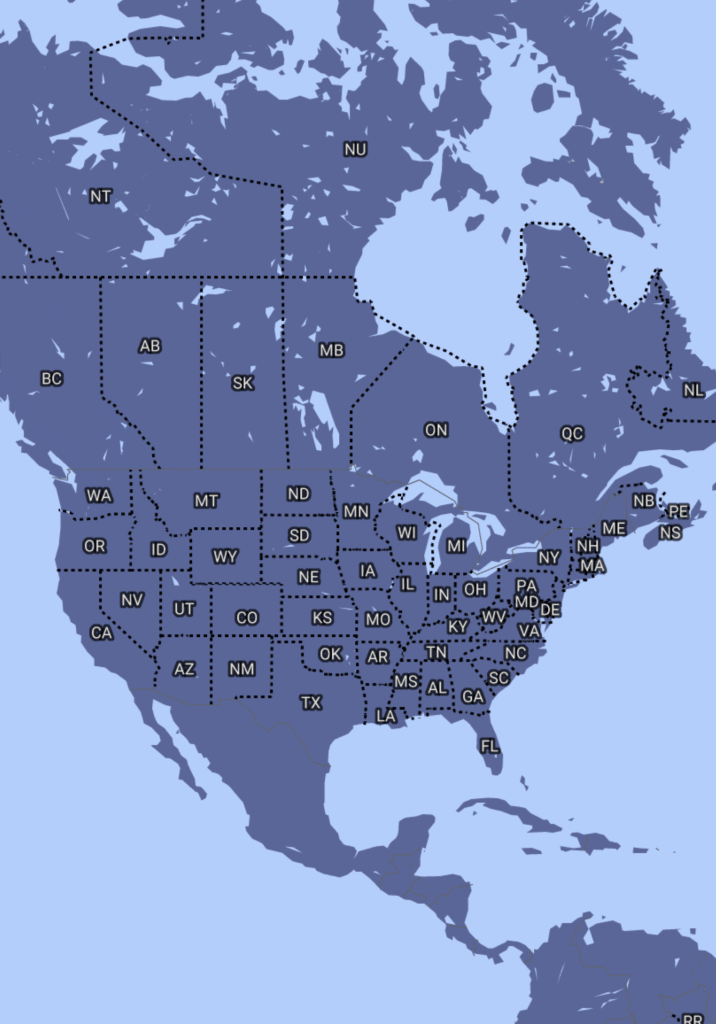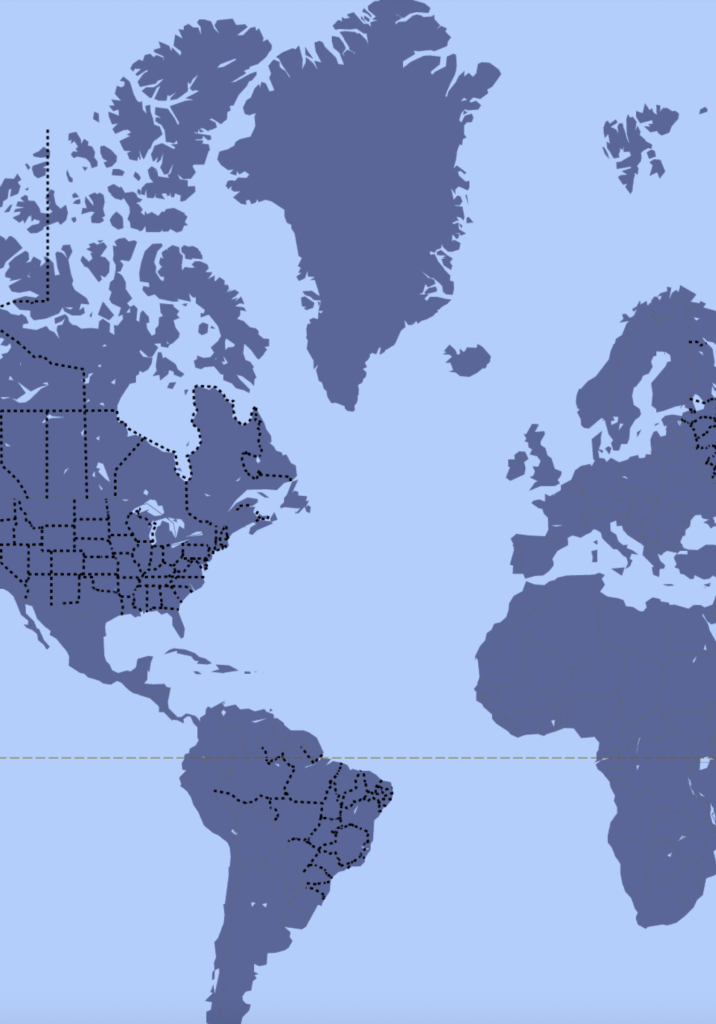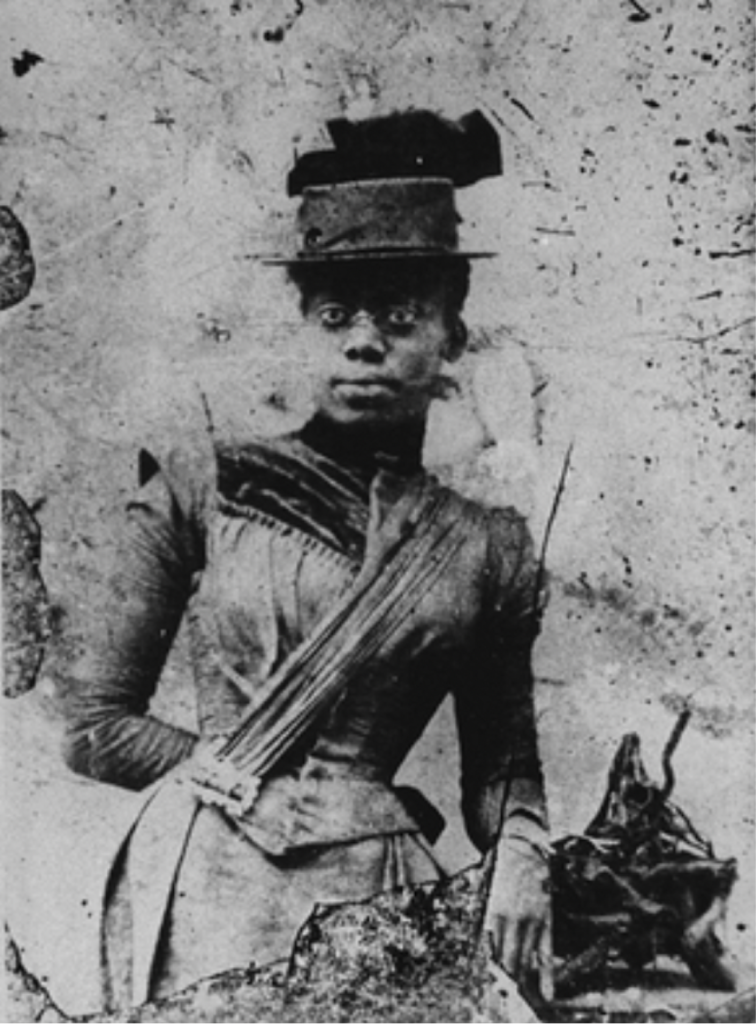weeksville – lesson one
Past
Participants will be able to identify Weeksville’s impact on New York City’s history and why it’s a space worth preserving, make connections between Weeksville and Seneca Village as thriving Black enclaves, and discuss key members of Weeksville’s community.
Intended for all ages
Materials
- Plain White Paper
- Pen or Pencil
- Internet Access
introduction
Start your journey into Weeksville by considering what you know about New York City in the 1830s. What was happening in the United States during the 1830s? What was happening globally?
Need a refresher? Take a look at the following contemporary happenings:
- NEW YORK
- UNITED STATES
- GLOBALLY

1821
New York State Constitution was amended that white men no longer needed any property to qualify to vote; however the restriction remained for Black men, who were not permitted to cast a ballot unless they owned $250 worth of property.
1827
Slavery is abolished in New York State.
1831
The University of the City of New York (now known as New York University or NYU) is founded.
1832
The first city rail line is built by the New York and Harlem Railroad.
1832
A cholera epidemic arrives in New York City, leading to a massive flight from the city and as it occurred in poor neighborhoods, it is blamed on immigrant populations.
1834
What was once the village of Brooklyn becomes the city of Brooklyn.
1835
The Great Fire of 1835 occurred.

1830s
The Second Great Awakening begins to take hold in the United States during the 1830s
1831
Nat Turner’s rebellion in Virginia takes place
1838
The Indian Removal Act is signed into law leading to the Trail of Tears
1832
Andrew Jackson is reelected as the 7th President of the United States
1836
Martin Van Buren is elected as the 8th President of the United States
1836
Arkansas becomes a state

1834
Slavery is legally abolished in the British Empire
1834
The first European railroad is established in Belgium
1836
The Battle of the Alamo occurs in Texas a year before it’s statehood.
1837
Queen Victoria is announced as the Queen of Great Britain
1837
Louis Daguerre patents his camera in France
1839
The rebellion on the Amistad
As you can tell, the early 19th century, and especially the 1830s, were a time of great change, but also innovation.
You can learn about many of the aforementioned happenings in various institutions in New York City such as New-York Historical Society (founded in 1804!), The National Museum of the American Indian, and the New York Transit Museum.
In the early 19th century, John Lefferts was one of the largest landowners in Kings County (where what we know as Brooklyn is located) with land tended by tenant farmers and enslaved peoples. Once slavery is abolished in 1827 and Brooklyn is formed as a city, Leffert begins selling off portions of his vast holdings and a portion of this land is purchased by Henry C. Thompson. Henry C. Thompson was a leader in the community and within the African-American abolitionist movement in New York at the time he purchased 32 lots from Lefferts. Over time, Thompson, a free Black man, advertised the lots in newspapers to sell those lots to other Black Americans, including James Weeks. James Weeks was working in the area as a stevadore (or a longshoreman/dock worker) and purchased two lots where he would build a house. About a year later, another Black man, Francis P. Graham, arrived and set down roots. Others would build alongside and a new community, a town would be born––Weeksville.

Lesson
What do we know about Weeksville?
- Using a piece of paper or our worksheet, make a KWL chart to note what we already know about Weeksville Heritage Center.
- If in a group, discuss what everyone knows about Weeksville. After discussion, fill out the question of wondering. What are you wondering about the Weeksville community originally? What questions do you still have about the space?
Let’s do a resource dive!
- First watch this video on the history of Weeksville. After watching the video, please add more to your KWL chart in the learned section, in addition to expanding on your wonderings!
- Review the In Pursuit of Freedom project, specifically the Abolitionist Brooklyn section, to review some history of how Weeksville and Brooklyn came to be.
Let’s plot the map.
- Using a printed or digital version of our map of Weeksville, plot where James Weeks’ house is. We will be using this map to continue our journey through the history and legacy of Weeksville.
further wonderings
If interested in diving deeper into the origins of Weeksville and Brooklyn, consider exploring the following questions:
- Who is Henry C. Thompson and why did he get started in Black abolition?
- Why is Weeksville named after James Weeks?
- What is the current value of $250 worth of land? What was the average annual wage for a Black man at that time?
- What careers were available to Black men at the time of 1830s/1840s in New York City?
resources
Burrows, Edwin G, and Mike Wallace. 1998. Gotham. New York: Oxford University Press.
Campanella, Thomas. 2020. BROOKLYN: The Once and Future City. S.L.: Princeton University Pres.
“How the Free Black Community of Weeksville Rose in 19th-Century Brooklyn | National Trust for Historic Preservation.” n.d. Savingplaces.org. Accessed April 27, 2023.
“In Pursuit of Freedom | Brooklyn Abolitionists.” n.d. Accessed April 27, 2023.
Wellman, Judith. 2017. Brooklyn’s Promised Land : The Free Black Community of Weeksville, New York. New York: New York University Press.
Williams, Keith. 2014. “Brooklyn’s Evolution from Small Town to Big City to Borough.” Curbed NY. July 24, 2014.